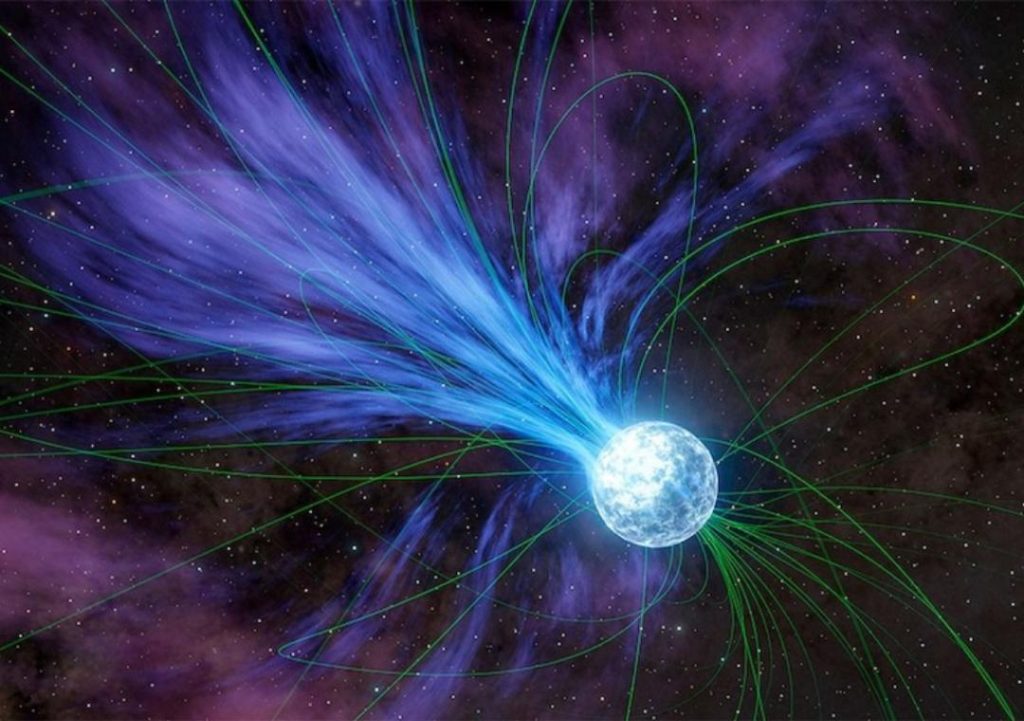
Gold and Platinum Created through Neutron Stars’ Explosions: Study
The origin of precious metals like gold and platinum has long been a topic of fascination for scientists and treasure hunters alike. For centuries, humans have been searching for the secrets behind the formation of these valuable elements, and now, a groundbreaking study has shed new light on their origins. According to a recent study led by Columbia University student Anirudh Patel, magnetars or highly magnetized neutron stars played a crucial role in creating these elements in a cosmic event that took place over 20 years ago.
Magnetars are a type of neutron star that is characterized by its extremely strong magnetic field. These stars are formed when a massive star undergoes a supernova explosion and its core collapses into a neutron star. The intense magnetic field of a magnetar is so strong that it can heat up the star’s surface to millions of degrees, causing it to emit powerful flares of energy.
The study, which was published in the journal Nature, suggests that one of these magnetars exploded over 20 years ago, releasing a massive amount of energy that included the elements gold and platinum. The explosion occurred in a distant galaxy, but the elements were transported to Earth through a process known as cosmic weathering.
Cosmic weathering is the process by which the elements that are formed in the universe are transported to other planets through a variety of means, including meteorites, comets, and solar winds. In the case of the magnetar explosion, the elements were released into space and then carried by cosmic winds to other parts of the galaxy, where they could be incorporated into the formation of new planets and stars.
The study’s findings are significant because they suggest that the formation of precious metals like gold and platinum is not a unique event, but rather a common occurrence in the universe. The explosions of magnetars are thought to occur approximately once per decade in the Milky Way galaxy, and annually across the observable universe.
The study’s lead author, Anirudh Patel, explained the significance of the findings in an interview with NASA. “This study shows that the formation of precious metals like gold and platinum is not a rare event, but rather a common occurrence in the universe,” he said. “It’s a reminder that the universe is still full of mysteries and surprises, and that there’s still much to be learned about the origins of the elements that make up our world.”
The study’s findings also have implications for our understanding of the origins of life on Earth. The presence of precious metals like gold and platinum in the universe suggests that the building blocks of life may have been present in the early universe, and that the conditions necessary for life to emerge may have been present as well.
In conclusion, the study’s findings suggest that the formation of precious metals like gold and platinum is not a unique event, but rather a common occurrence in the universe. The explosions of magnetars are thought to occur approximately once per decade in the Milky Way galaxy, and annually across the observable universe. The study’s findings also have implications for our understanding of the origins of life on Earth, and suggest that the building blocks of life may have been present in the early universe.






